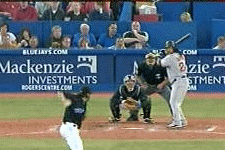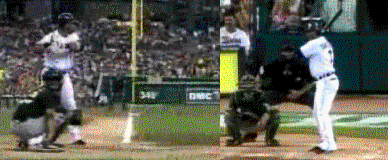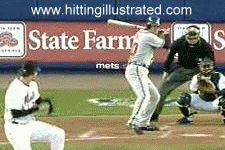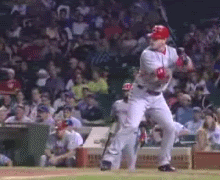Japanese and Latin players have learned to emulate MLB hitters as kids, as soon as they begin playing....They get the label, "free-swingers".....
It seems like MLB teams are signing more and more of these so-called "free swingers" every year....Even though their Minor League programs are chock full of traditional hitters...
Coaches here teach young players not to have much movement in their swings....Less is better, they say....Their little bodies can't handle all that movement stuff....
Watch any young team in this Country and you will see still, dead hands hitters.....They get a wide stance, load the bat, and wait for the ball.....
And, they have some success in Little League doing this.....This success incorrectly instills in the players and the Coaches that they're doing it the right way.....
So, it sure seems to me I am seeing more and more Japanese and Latin MLB players every year....Their little bodies seem to be able to handle all that movement at a young age....
But, then, they probably don't have Coaches teaching them how to swing like we do over here....
All they do is watch MLB hitters and try to do what they do........
Original Post





